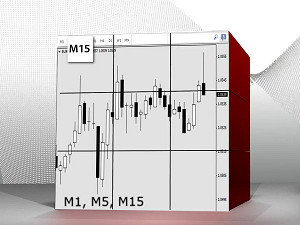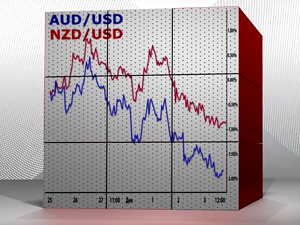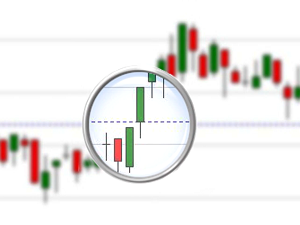Oil Trading Chart, Futures, Indexes
Oil trading chart
17 Apr 2025 07:39
(0.02%)
Closing price, the previous day.
Opening price.
The highest price over the last trading day.
The lowest price over the last trading day
Price range high in the last 52 weeks
Price range low in the last 52 weeks
What determines oil prices?
What to watch for when trading oil
Oil is one of the most popular trading instruments preferred by many traders thanks to its high volatility. Wide fluctuations in the price within the day allow scalpers, swing and day traders to reap hefty profits.
To be successful in oil trading, you need to know and track the factors that shape its value. This will help you catch the best moment to buy or sell the asset.
The main driver that moves the oil market is the change in supply and demand. Higher demand and lower supply increase the value of the asset and vice versa.
To understand the balance of supply and demand in the oil market, you need to monitor the following news:
– macroeconomic data of the main oil-consuming countries (US, China, Japan, India, and Russia);
– output volumes and plans of the major oil-exporting countries (USA, Canada, Russia, Norway, and Saudi Arabia);
– decisions of the OPEC+ grouping that regulates two-thirds of the world’s oil reserves.
What is more, the oil market is very sensitive to various force majeure events such as natural and technological disasters and economic and political crises.
Calculating trades on oil CFDs
You can trade oil with InstaForex in the form of CFDs on futures. This is a financial instrument that does not involve physical possession of the asset. You gain profit from the fluctuation of the price.
To open such a trade, you need to deposit a margin in the amount specified in the description of the instrument. For example, the margin for #CL (CFD on crude oil) is 2,000 USD for each open lot.
Now let’s look at how your profit is formed. Let’s say, you bought #CL for 61.60 USD and sold it for 61.80.
According to the specification, the minimum price change, or a tick, is 0.01. In the case above, the price change was 20 ticks.
Given that the tick price is 10 USD, your profit is calculated as follows: 20x10 – 30 USD = 170 USD where 30 USD is a brokerage commission that is also specified in the description.
Basically, that’s all you need to know to start trading oil. Below, you will also find price charts and the list of available indices.






























